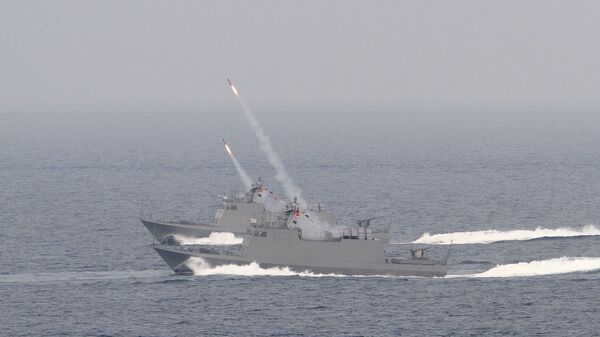Taiwan engaged in defensive postures on the Penghu Islands, an archipelago of 90 islets off the country’s west coast and a zone where China’s army could be expected to marshal some of its massive and growing naval fleet if an invasion were to occur.
China intends to grow its fleet to 500 warships, analysts say. This vision includes more aircraft carriers, nuclear submarines, amphibious ships, and a “burgeoning” contingent of frigates and destroyers, according to the Royal United Services Institute, a UK think tank.
While Taiwan has had a long and stable relationship with Washington, a key security partner, the US Navy’s ability to address the concerns of allies and to keep at bay potential enemies in the South China Sea is an “open question,” military analysts suggest, particularly in light of China’s large-scale buildup of missiles and warships.
In response, Taiwanese President Tsai Ing-wen is enhancing her island’s defense sector to match the looming threat of force from Beijing. By moving toward autonomy in its security operations, Taiwan “is putting on a display our determination to protect our home and land,” Tsai said when the drills concluded May 25.
Still, Taiwan relies on Lockheed-made Patriot systems for missile defense against potential adversaries. In March, Taiwanese military officials said that China had medium-range ballistic missiles pointed at the island of 23 million residents.


